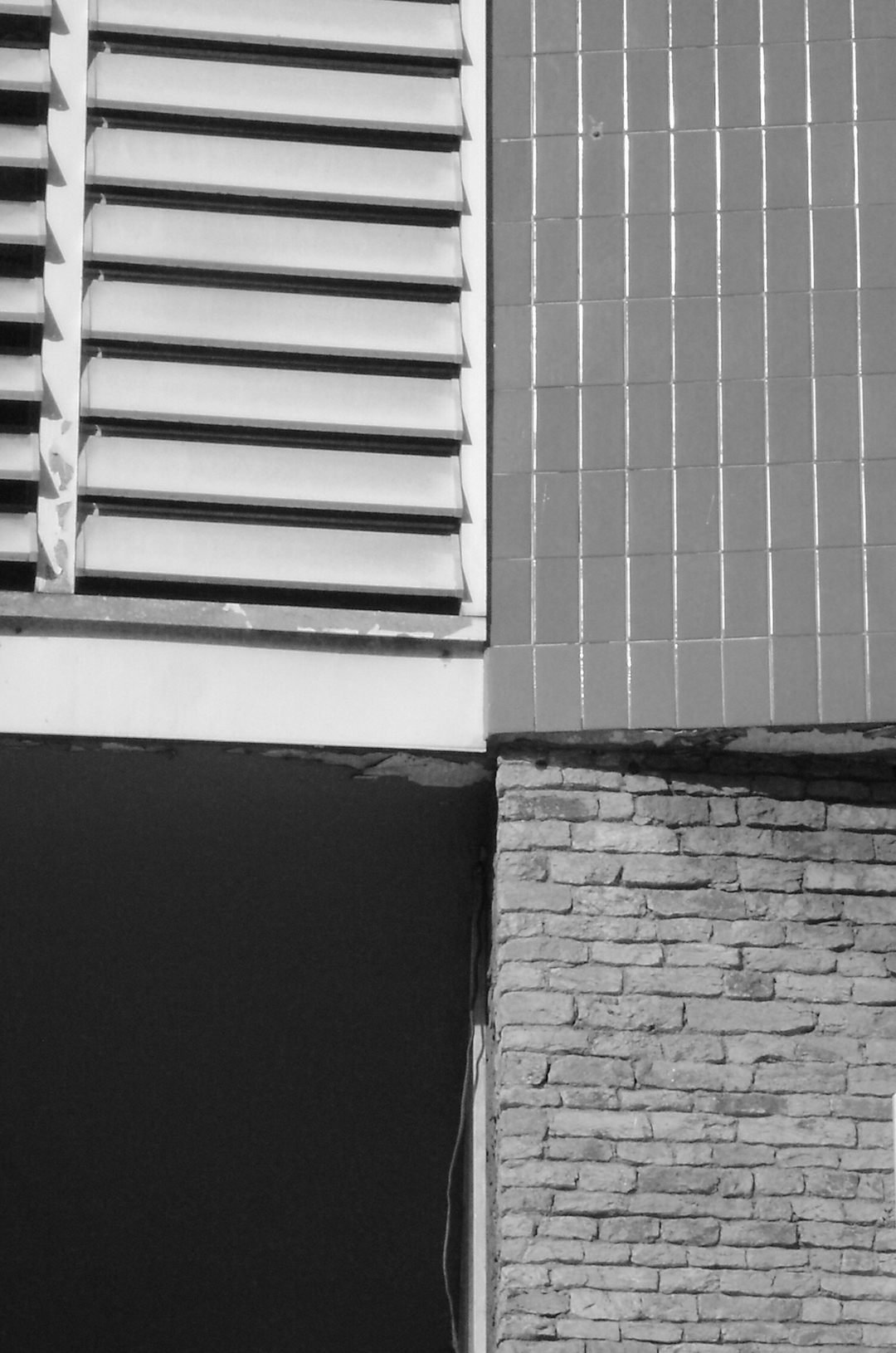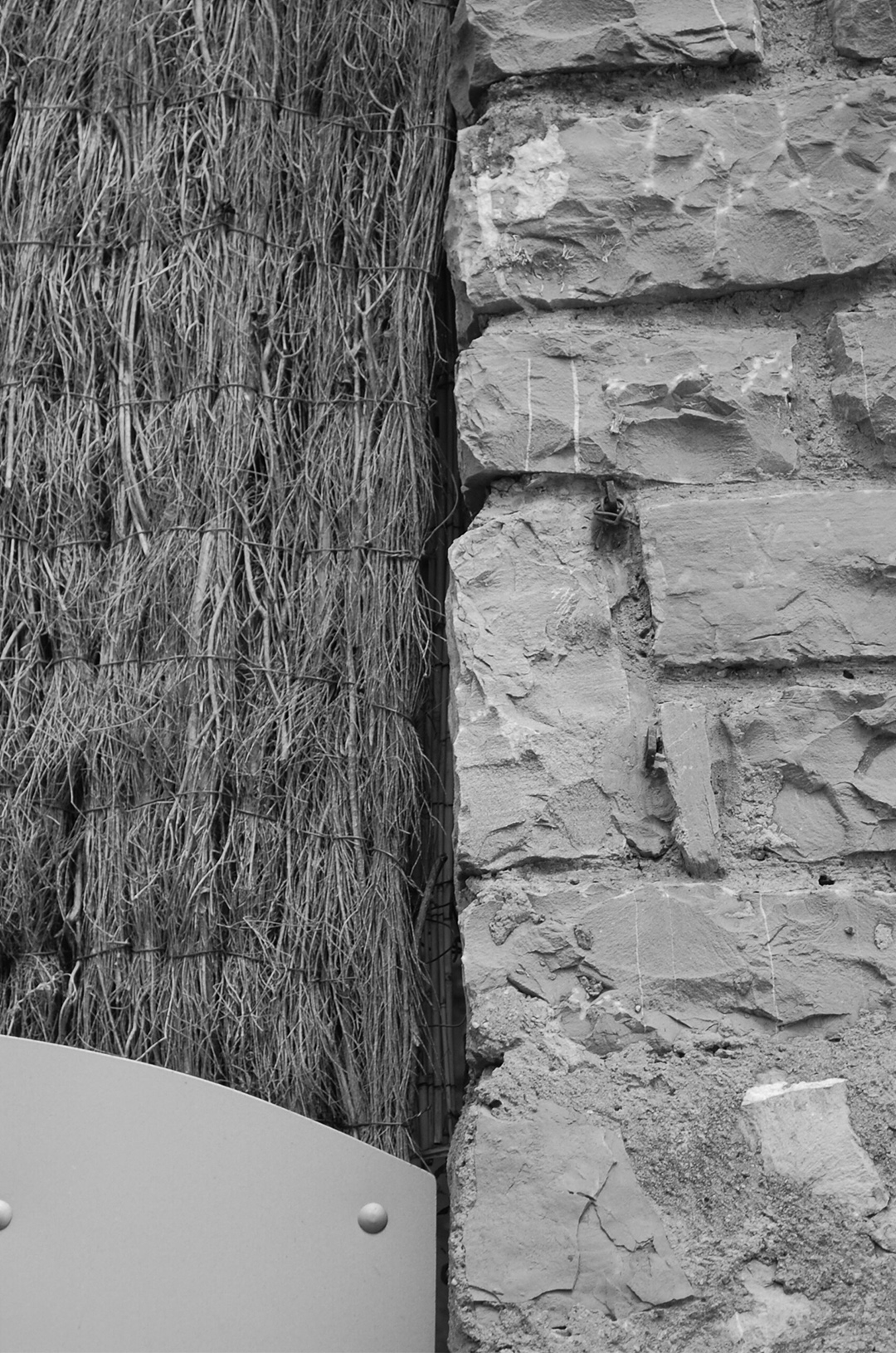The history of modern architecture is more than a list of exceptional buildings. We need to look at how buildings function, says PhD candidate Jorge Mejia Hernandez. If we concentrate on their theoretical significance, the history of architecture becomes a caricature.
In his thesis ‘Transactions; or architecture as a system of research programs’, the concept of ‘freedom’ takes centre stage. Mejia argues that anyone who blindly trusts the opinions of architectural historiography is forfeiting their freedom. This is because they are based on the principle that every building is part of an inevitable course of history – to which people must simply conform. This results in certain buildings being mythologised. “If you allow yourself to be told what a building means and why it is important, you lose the freedom to discover it for yourself”, explains Mejía. “For an architect, this kind of attitude has another consequence – the fact that you are doomed to imitate others.”
He takes the view that architectural history deserves a more effective appraisal methodology. In arguing his case, he refers, among others, to Karl Popper (1902-1994), and more specifically his works ‘The Poverty of Historicism’ and ‘The Open Society and its Enemies’. In them, the Austrian-British philosopher of science dismisses the belief that iron laws determine the course of history. History is not deterministic and on a road towards a fixed final goal. Popper also refines the scientific research method. This often starts from a hypothesis that is then confirmed. Popper turns this on its head: science should not be about confirmation, but falsification.
In his thesis, Mejia calls for this type of approach to the history of architecture. We should not look whether a building fits into a framework outlined for us by architectural historians. This results in simplification and limits perspectives because you cannot see what you can learn from works that are not included in the ‘canon of modern architecture’. It would be more effective to look at which buildings do not fit into it: that is a scientific approach. Mejía: “Architecture is a hypothesis that is open to criticism.”
He does not go as far as Popper did: a single falsification does not necessarily have to lead to complete rejection of the hypothesis. Taking his lead from philosopher of science Imre Lakatos (1922-1974), he argues that we should go in search of the underlying idea, that which is common ground. Lakatos describes this combination of theory and hypotheses as ‘Research Programs’. Providing that this kind of ‘research program’ delivers new understanding, the core idea need not necessarily be totally rejected.
Mejia applies this notion to architecture. We should learn to understand it by viewing it as a solution to a question. If a design does not meet the technical requirements or fulfil the required function, how could it be valuable? By exploring how different buildings answer questions, architects can relate them to their own work – and learn something from them. “In a nutshell, an architect should strive for a building that contributes as little as possible to ugliness, rather than aiming for uniqueness.”
Published: October 2018


